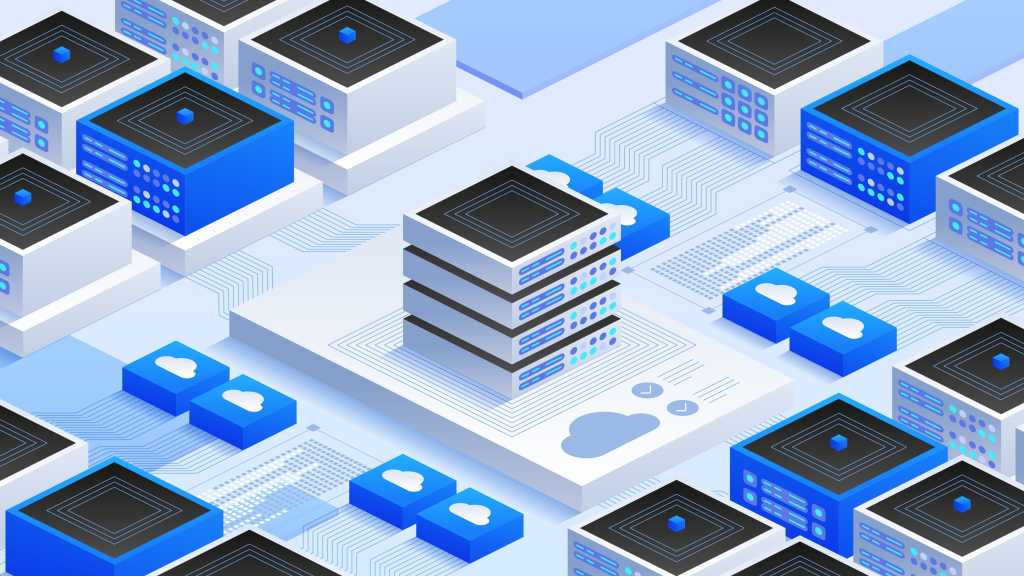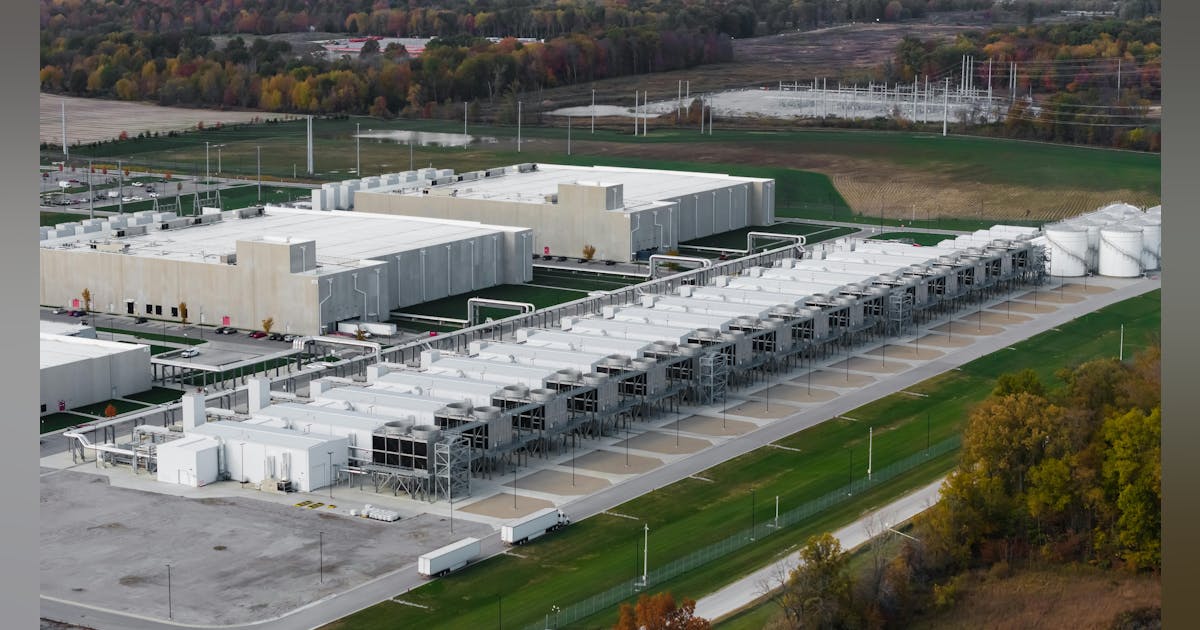
Heat Generation by Mining Rigs
Bitcoin mining machines consume large amounts of electricity, and roughly 90% of this energy is converted into heat. Managing this heat effectively is one of the biggest challenges miners face. Proper cooling is essential to optimize for ASIC efficiency, prevent hashboards from overheating or breaking down. Cooling methods include airflow management, immersion- and hydrocooling.
In many operations, the heat generated during mining is treated as waste and simply discarded. However, an increasing number of miners are recognizing the potential to repurpose this heat for productive uses. Some operations even prioritize heat production itself, using Bitcoin mining as a secondary function to support heating needs.
Why Repurpose Waste Heat?
Offset Operational Expenses Mining
Bitcoin mining is an energy-intensive industry, with energy costs typically accounting for around 80% of a miner’s operational expenses. To remain competitive, miners seek out the cheapest energy sources and innovative ways to offset these costs. Repurposing waste heat presents a significant opportunity to create an additional revenue stream and reduce operational expenses by effectively using the same energy twice.
Reduce Electricity Costs for Heat
On the other side, industries reliant on heat have been heavily impacted by rising gas and energy prices. For these businesses, integrating Bitcoin mining as a heat source can significantly reduce heating costs. Instead of consuming energy solely for direct heating, they can operate Bitcoin miners, generating both heat and revenue simultaneously.
Lower Emissions
Beyond financial benefits, repurposing heat also addresses environmental concerns. Heating systems are the single largest source of global CO₂ emissions, with many industrial and agricultural operations relying on coal, bunker fuel, propane, or natural gas. By co-locating Bitcoin mining with heat-dependent industries, the same energy is used twice, resulting in lower overall emissions compared to running two separate systems. The environmental benefits are amplified when Bitcoin miners use clean electricity to power their operations.
Address Food Insecurity
If waste heat is repurposed for food production can help address food insecurity, particularly in regions dependent on imported produce. Locally grown fruits and vegetables, supported by waste heat from mining, offer higher nutritional value, reduce food waste, and improve food reliability in colder climates.
Improve Public Perception of Mining
his not only marks a step toward more sustainable practices in Bitcoin and cryptocurrency mining but also has the potential to reshape public perceptions of the industry’s environmental impact.
How It Works
Repurposing heat from Bitcoin mining involves capturing the low-grade heat (40°C to 80°C) generated by mining hardware and redirecting it for productive uses, such as heating greenhouses, residential spaces, or industrial facilities.
This can be achieved through air-cooling, where heat is dispersed and redirected via fans; immersion-cooling, where mining equipment is submerged in a liquid that efficiently absorbs and transfers heat; or hydro-cooling, where water circulates through specialized cooling systems to extract and transport heat.
Both liquid-based systems—immersion and hydro-cooling—are particularly effective due to the superior heat density and conductivity of liquids compared to air. Bitcoin mining operations are modular and scalable, allowing miners to adjust heat output based on demand, and portable containers make it easy to locate operations near facilities needing heat.























